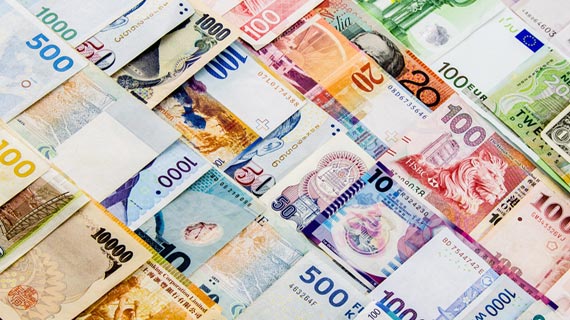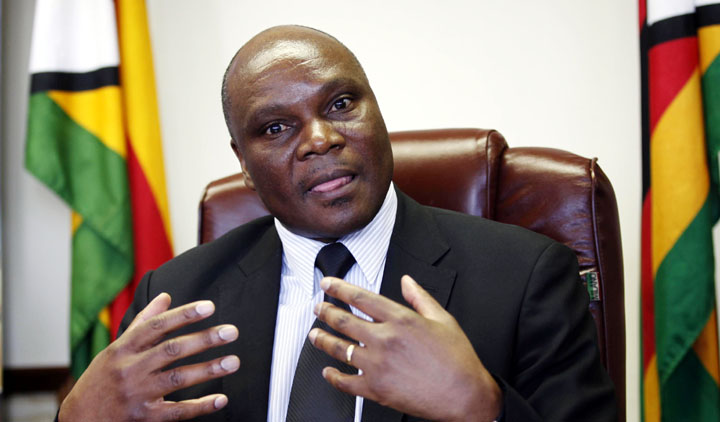
HARARE — The move by the Reserve Bank of Zimbabwe to add four currencies to the existing basket, which already included five others, broke new ground on managing exchange rates and spawned questions and confusion.
Zimbabwe’s economy now has to deal with nine currencies as legal tender, and authorities hope the latest additions will help change trade dynamics. The Chinese yuan, the Indian rupee, the Australian dollar and the Japanese yen have joined the greenback, the South African rand, the British Pound, the euro and the Botswana Pula in circulation after a shortage of cash in the formal economy left many businesses in a lurch.
Zimbabwe’s own currency fell victim to hyperinflation in 2007, by which time Zimbabweans resorted to using the US dollar, rand and the Botswana Pula to peg the true value of goods and services. Initially, the authorities resisted and even criminalised the use of foreign currency.
However, by January 2009, with hyperinflation raging at 500 billion percent, the authorities relented and followed the market, limiting the basket of currencies to the greenback, the rand and Pula. The British pound also has its market.
Are we likely to see automated teller machines issuing any Chinese yuan soon? Is the Reserve Bank of Zimbabwe building yuan reserves?
How will the market manage the fluctuating exchange rates of such diverse currencies? Even more pressing, would a communal tobacco farmer appreciate or even understand getting paid for his crop in yuan?
According to a paper recently released by the Zimbabwe Economic Policy Analysis and Research Unit (Zeparu), a potential threat that arises under a multicurrency regime or any system based around foreign currencies where there are no foreign exchange reserves is the impact of continuous trade deficits on the banking system.
“This could potentially lead to the draining of liquidity from the banking system, potentially destabilising banks or least further inhibiting the supply of credit,” said Zeparu.
- Chamisa under fire over US$120K donation
- Mavhunga puts DeMbare into Chibuku quarterfinals
- Pension funds bet on Cabora Bassa oilfields
- Councils defy govt fire tender directive
Keep Reading
But analysts say the multi-currencies are an academic exercise and that the market will determine its preferred legal tender.
“The new currencies (will) have little impact on the ordinary man on the street,” said Zimbabwe National Chamber of Commerce chief economist, Kipson Gundani.
“The most convenient currency will be used—in Harare for example most people prefer the US dollar to the Rand while the contrary may be true in the southern parts of the country.”
—The Source










